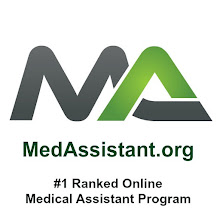Distance Education
The terms "distance education" or "distance learning" have been applied interchangeably by many different researchers to a great variety of programs, providers, audiences, and media. Its hallmarks are the separation of teacher and learner in space and/or time (Perraton, 1988), the volitional control of learning by the student rather than the distant instructor (Jonassen, 1992), and noncontiguous communication between student and teacher, mediated by print or some form of technology .
The more familiar teachers are with the instructional design and delivery process, the more effective their presentations will be. On a practical note, they need training in instructional message design, strategies for delivering instruction on-camera, methods of diversifying types of presentation, selecting various mixes of student-teacher activities and interactions, choosing situations and examples which are relevant to their students, and assessing the level of learning by distant students. Many school such as St. Augustine Medical Assistant School now use many of these innovative distance education technologies. They also need plenty of guided, hands-on practice developing and delivering courseware using audio, full-motion video, graphics, and text, in front of a live audience, yet still in a non-threatening situation. Strategies such as using fewer overheads and more moving video, interspersing "talking heads" with videos of sites, using hands-on experiments, incorporating text and graphic art, and other guidelines for effective video production are also valuable (see Willis, 1993, for a synopsis of distance education strategies). Proper training would help distance learning teachers to change their method of teaching and give more attention to advanced preparation, student interaction, visual materials, activities for independent study, and follow-up activities.
Medical Assistant Links:
Medical Assistant Classes
Medical Assistant Blogs
Medical Assistant Degrees
Medical Assistant Schools
Medical Assistant Careers
Medical Assistant College


<< Home